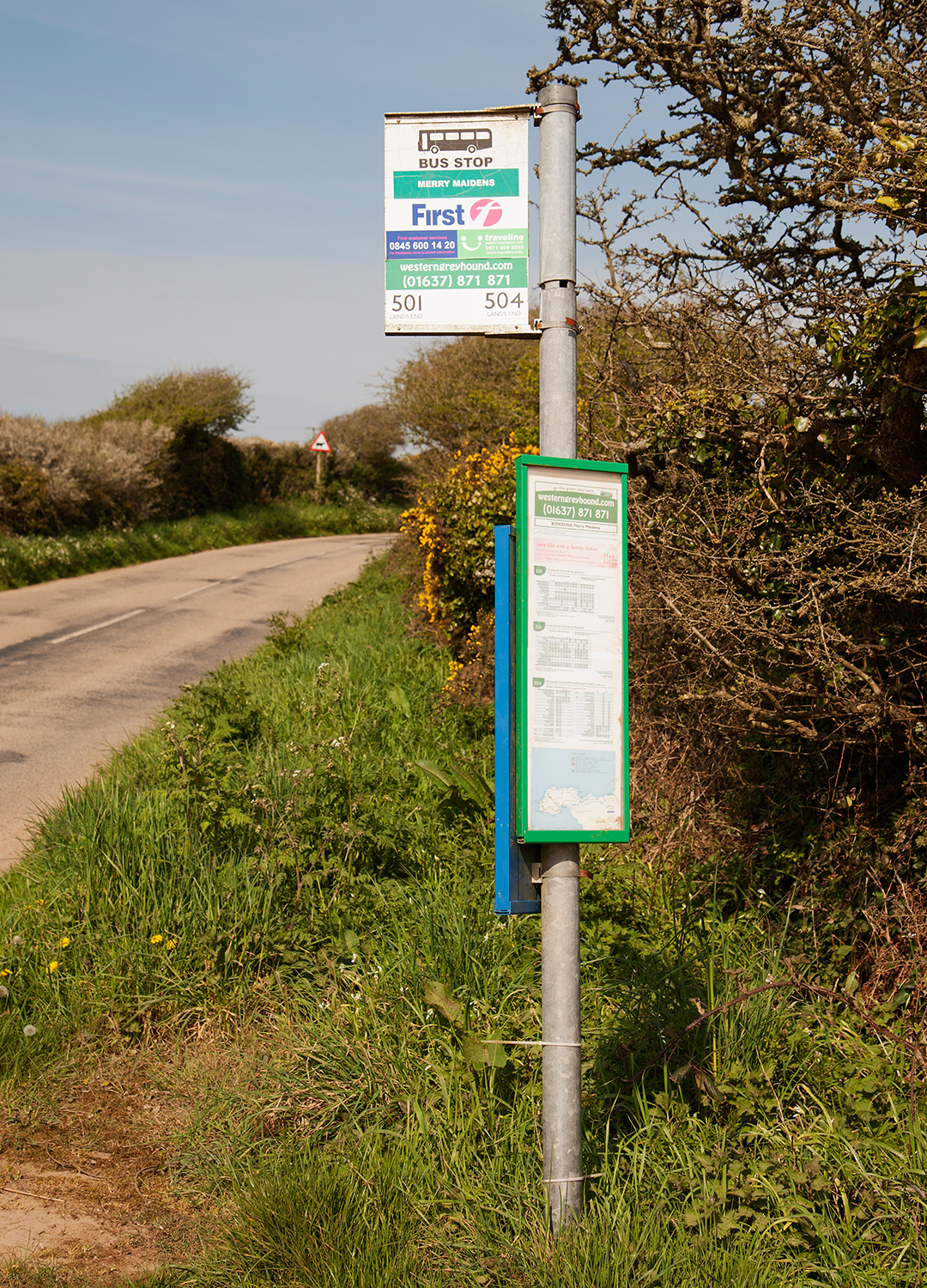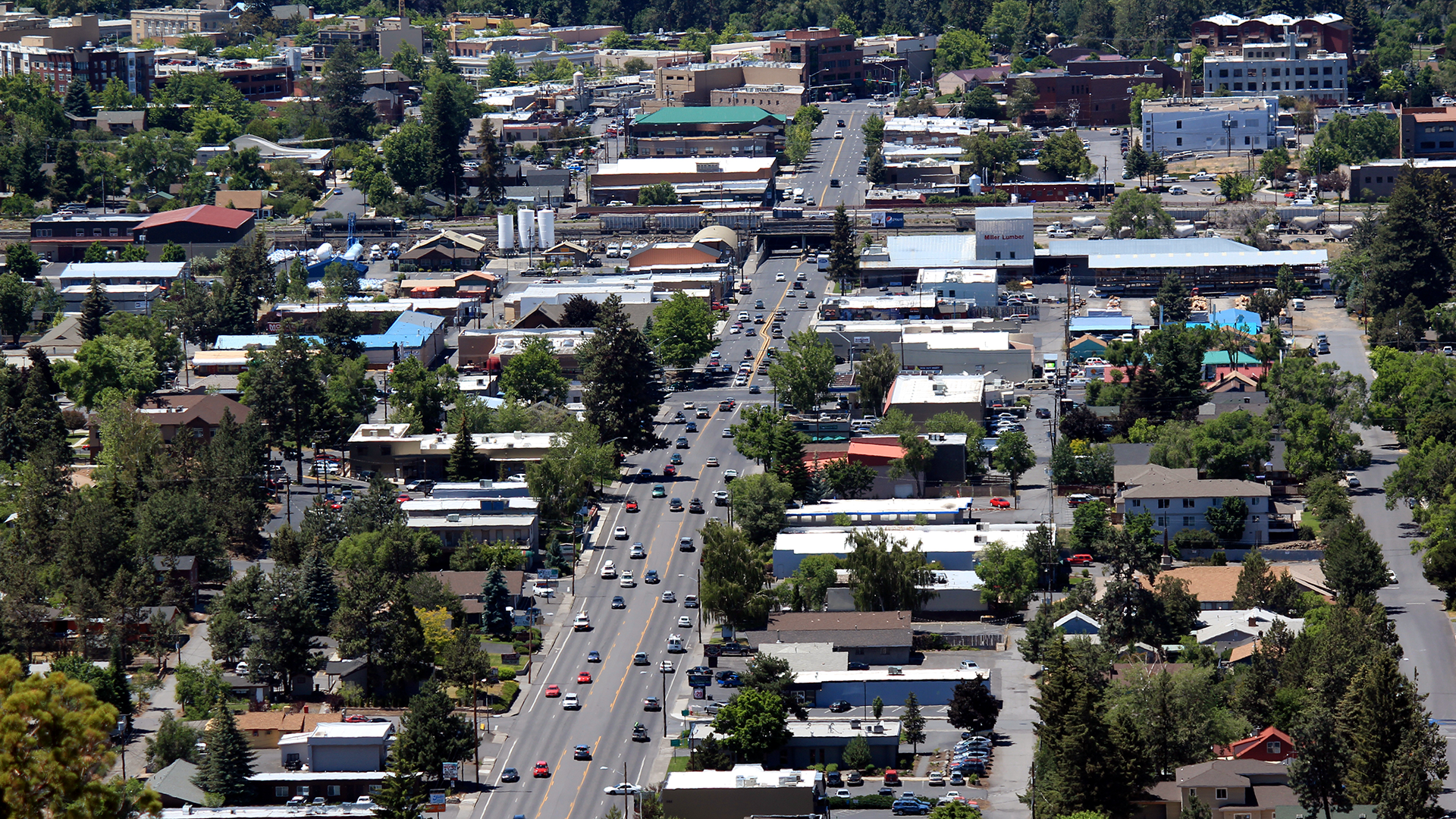September 9, 2021
What is rural transit planning, and how can transit planners focusing in rural areas balance frequency and coverage to provide community lifelines via effective transportation options? In this article, we cover best practices for rural transit planners, applications of the ODOT Transit Development Plan Guidebook, and what rural transit planning might look like in the future.

All transit providers must balance frequency versus coverage when determining how best to serve their communities and make the most of limited funding; however, the challenges are particularly pronounced in rural communities, where providers are often looking to cover more miles with less funding.
What is Rural Transit Planning?
We must first define what “rural” means to transportation planners. The Federal Transit Association (FTA) has specific definitions for rural agencies based on the population size of the area that tie to different federal funding opportunities. However, for the purposes of this article, there are many types of rural environments, ranging from urban-rural (on the fringe of metropolitan transit systems) to agricultural communities. And within each rural community, there is a wide array of trip purposes: access to healthcare, education, jobs, and other types of services to consider.
Balancing Frequency and Coverage in Rural Transportation Planning
 Transportation planners often work at the service provider and countywide levels to create a long-term vision for transportation services, then work backwards from that vision, building and optimizing systems to balance system efficiency with transit coverage.
Transportation planners often work at the service provider and countywide levels to create a long-term vision for transportation services, then work backwards from that vision, building and optimizing systems to balance system efficiency with transit coverage.
All transit providers must balance frequency versus coverage when determining how best to serve their communities and make the most of limited funding; however, the challenges are particularly pronounced in rural communities, where providers are often looking to cover more miles with less funding. Rural transit service is a lifeline for many in the community but providing service that meets people’s needs and is sufficiently utilized requires making hard choices at times, looking for efficiencies, and exploring different models.
“The closer you get to a city, the more transportation options people tend to have,” says Principal Planner Susie Wright. “Transit planners in rural areas must think about how they can best serve populations who might not have other options.”
How can a rural transportation agency create the most connections when only running one, two, or three trips a day? Susie shared a few best practices:
- Start with an understanding of trip purposes and the roles that transit can play in solving community issues. Planners can balance frequency and coverage by identifying the biggest potential trip generators and make sure they’re being served as many times a day as possible. Examples of big trip generators include medical centers, community services, areas that provide both jobs and shopping, and connections to other travel modes.
- Engage the community. In transit planning, we tend to think about community needs in three buckets: future growth areas, goals and vision for service, and input from riders and stakeholders. Get input from current transit riders by asking them to take a survey while on transit and offering an incentive, such as free transit passes. Since many people would be interested in taking transit if it was more accessible, affordable, or convenient to them, it’s also important to engage those who don’t currently take transit through additional surveys and workshops with non-transit-related incentives.
- Based on this data and input, planners can maximize coverage through the incorporation of nontraditional models, such as deviated fixed route (through which a transit vehicle stops at fixed points and keeps to a timetable but can deviate between stops by request) and micro transit (on-demand services that offer flexible routes and on-demand scheduling).
ODOT Transit Development Plan Guidebook
Transit development plans (TDPs) are most effective when they connect with the transit agency’s vision and goals, are informed by high-quality analysis and stakeholder input, and are well-coordinated with other planning processes. Recognizing the need for quality transit guidance, in 2018, ODOT released the Transit Development Plan Guidebook. This guidebook provides best practices and information to help agencies and jurisdictions scale efforts to their available budget and resources. The guidance particularly targets rural and small transit agencies who do not always have the resources or staff experience needed to prepare a TDP, and it aims to help those agencies make the best use of the resources available to them locally, regionally, and at the state level.
Integrating Transit Plans and Transportation System Plans
Transit planners can run into challenges when a city or county and its transit provider are two different entities. Collaboration and integration of planning efforts is important for to meet the needs of the community long term.
A good example of this collaboration is Cascades East Transit (CET), which serves Bend and communities in Central Oregon, from La Pine to Warm Springs and Sisters to Prineville. Planning efforts for CET’s 2040 Transit Master Plan, which identifies the future of transit service in Central Oregon over the next 20 years, coincided with an update to the City of Bend’s Transportation System Plan (TSP).

Planning efforts for Cascade East Transit's 2040 Transit Master Plan, which identifies the future of transit service in Central Oregon over the next 20 years, coincided with an update to the City of Bend's Transportation System Plan (TSP).
Susie, who led CET’s Transit Master Plan, said this collaboration was critical to the success of the project. “Because the City of Bend’s TSP was going on at the same time as the Transit Master Plan, we were able to integrate the two really nicely,” she said. “Coordinating the processes helped us think about what transit in Bend looks like in the long term. What we learned is that community members wanted to see transit play a bigger role in how they get around.”
Integrating community feedback with application of the Transit Development Plan Guidebook and collaboration with the City of Bend, Kittelson recommended a set of strategies that are seamlessly integrated with the City of Bend’s TSP. These strategies include extending service areas through using microtransit in suburban fringe areas and implementing mobility hubs (places where people can change modes).
Microtransit: The Future of Rural Transit?
In order to best serve our communities’ long term needs and spend limited dollars wisely, we must continue to explore new transit service models. One such strategy at the forefront of transit planning conversations is microtransit. According to the American Public Transit Association, microtransit can improve a rider’s experience by operating small-scale, on-demand public transit services that that can offer both fixed and flexible routes and schedules. Microtransit is similar to Dial-A-Ride but it utilizes newer ride scheduling and driver dispatch technology to reduce the amount of time in advance that a rider needs to schedule their ride, allows for online or mobile scheduling and payment and can also include vehicle arrival information.
Kittelson is excited to be involved in several projects that are exploring the conversion of fixed route systems to microtransit to allow for flexibility and customization of the system for riders. While microtransit is a topic of interest to many communities, there’s still much to learn about its effectiveness and the threshold at which it makes sense for a community.
A Kittelson team lead by Senior Principal Planner Gibran Hadj-Chikh is working with the Denton County Transportation Authority (DCTA) in Texas, the agency responsible for providing bus and commuter rail services to one of the fastest growing counties in the United States. This team is supporting DCTA’s efforts to transform from a traditional transit provider to a mobility manager, utilizing a portfolio of fixed-route and on-demand services to best meet mobility needs. DCTA has begun to partner with multiple Mobility as a Service (MaaS) providers to offer more responsive, cost-effective services to its passengers. We look forward to sharing more findings from this project soon!
Keep the Conversation Going
Rural transit provides an essential public service to many communities throughout the U.S. Making informed decisions based on new and emerging technology and following best practices will ensure that the future of rural transit will continue to provide life-giving services to people no matter where they live. Please feel free to contact us to discuss this important topic further!
